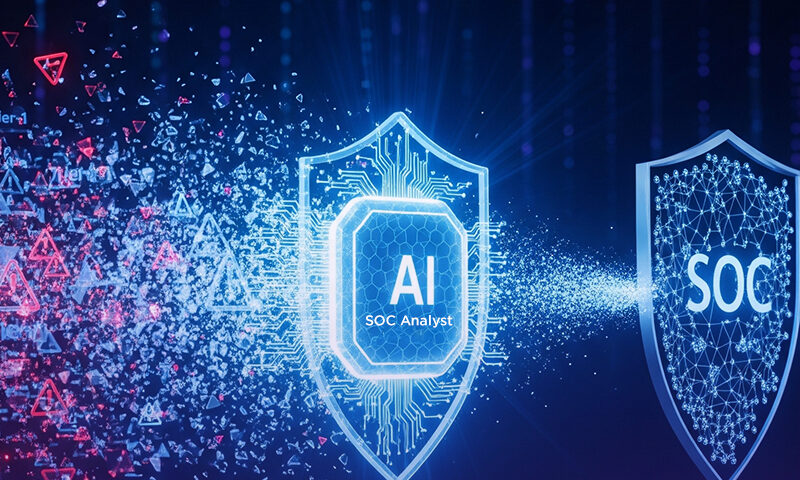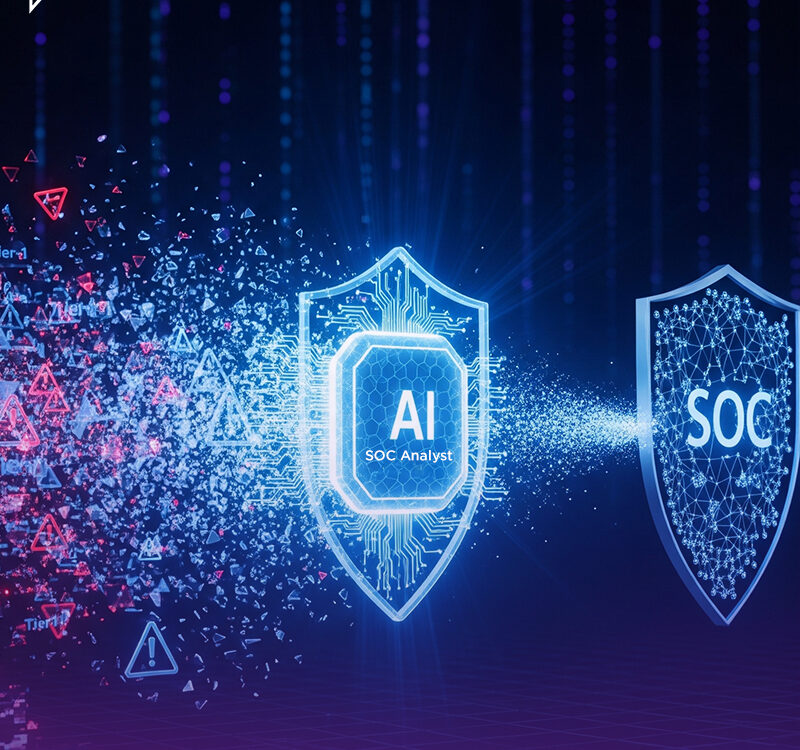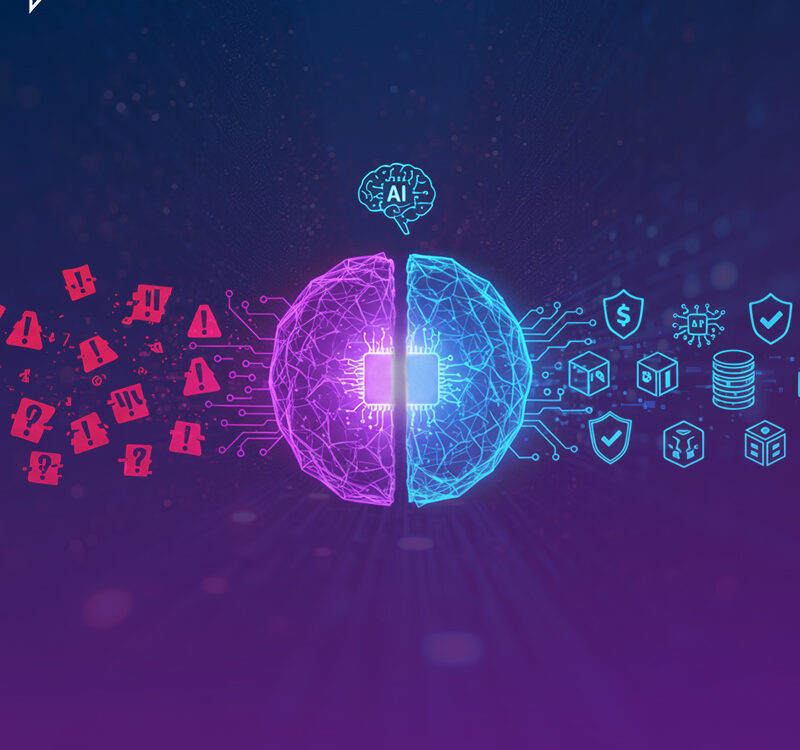
What Is Retrieval-Augmented Generation (RAG) and Why It Matters in Cybersecurity Operations
June 22, 2025
Why We Reimagined the Future of Security Operations
June 27, 2025
What Is Retrieval-Augmented Generation (RAG) and Why It Matters in Cybersecurity Operations
June 22, 2025
Why We Reimagined the Future of Security Operations
June 27, 2025Table of contents
- Introduction: The Gap Between Promise and Execution
- Choosing the Right Data Sources: Relevance Over Volume
- Structuring for Retrieval: Clean, Chunked, and Tagged
- Retrieval Tuning: Precision, Not Recall
- Workflow Integration: Think in Use Cases, Not Interfaces
- Feedback Loop: Learning from Analysts in the Loop
- Conclusion: RAG Is a Design Problem, Not Just a Model Problem
Introduction: The Gap Between Promise and Execution
Retrieval-Augmented Generation (RAG) has rapidly become one of the most promising architectures for infusing real-time, context-aware intelligence into cybersecurity workflows. From enhancing alert triage to enriching incident reports and surfacing relevant threat intel in seconds, RAG holds immense potential. But turning that potential into production-grade value is a different game.
Security teams racing to integrate RAG often underestimate one thing: the design of the workflow matters more than the model. And while the industry is saturated with talk of accuracy and hallucination rates, fewer are talking about the nuances that make or break a RAG implementation inside the SOC.
This blog unpacks what works, what doesn’t, and what you should prioritize when embedding RAG into your security workflows.
Choosing the Right Data Sources: Relevance Over Volume
The power of RAG lies in augmenting a model's outputs with retrieval from curated, high-signal datasets. The mistake many teams make? Pulling in every possible data lake, feed, and wiki.
Instead, narrow the scope. Prioritize sources that are:
- Time-sensitive (e.g., threat intel feeds, active CVE databases)
- Domain-rich (e.g., internal IR case repositories, product-specific logs)
- Curated and structured (tagged with metadata like severity, asset, MITRE mapping)
In short, relevance trumps volume. An overfed retriever increases latency, dilutes context, and introduces noise into downstream outputs.
Structuring for Retrieval: Clean, Chunked, and Tagged
Dumping PDFs and raw logs into a vector store won’t get you far. RAG performance lives or dies on how well your data is chunked, embedded, and retrievable.
Best practices:
- Chunk by semantic boundaries (incident, playbook step, IOC pattern) instead of arbitrary tokens
- Add tags that matter to your SOC (asset type, attacker technique, response decision)
- Use high-quality embedding models fine-tuned on cybersecurity content
Clean structure and tagging reduce retrieval ambiguity and ensure the model gets what it needs, not what’s simply available.
Retrieval Tuning: Precision, Not Recall
Unlike search engines, where high recall may be desirable, RAG in cybersecurity demands precision. Why? Because your model is only as smart as what it retrieves.
Tips for tuning:
- Set a tight k-value (e.g., top 3 to 5 results max)
- Use similarity thresholds to filter fuzzy matches
- Consider hybrid retrieval (semantic + keyword) for threat-related queries
Over-retrieval leads to context bloat and increases hallucination risks, a dangerous trade-off in SOC workflows.
Workflow Integration: Think in Use Cases, Not Interfaces
RAG works best when embedded into decision points, not bolted onto dashboards. The most successful deployments begin by identifying a specific pain point:
- Analysts struggling to write incident summaries?
- L1s wasting time on threat intel lookups?
- Engineers drowning in repetitive CVE mapping?
Design for those workflows. Trigger retrieval only when the user hits a context gap, not on every query.
Feedback Loop: Learning from Analysts in the Loop
The beauty of RAG is its ability to evolve. But only if you close the loop.
Capture:
- Which responses were used, ignored, or overwritten
- Analyst feedback on relevance and completeness
- Real-world incident outcomes post-recommendation
This feedback trains not just your model, but your retrieval logic, chunking strategies, and ranking heuristics.
Pitfalls to Avoid
- Using generic embeddings not trained on cybersecurity data
- Indexing unstructured documents without cleaning and metadata
- Building with retrieval latency above analyst attention thresholds (>2s)
- Relying on RAG to automate judgment instead of assist it
Conclusion: RAG Is a Design Problem, Not Just a Model Problem
Deploying RAG in security workflows isn’t about chasing the latest model or adding vector search to your stack. It’s about designing for how humans and AI interact under pressure, when the clock is ticking and risk is real.
The future of cybersecurity automation lies not just in generation, but in intelligent retrieval. When done right, RAG doesn’t just enhance workflows, it becomes the connective tissue of real-time, intelligence-driven security operations.
RAG may be the architecture, but your workflow is the blueprint. Design accordingly.




